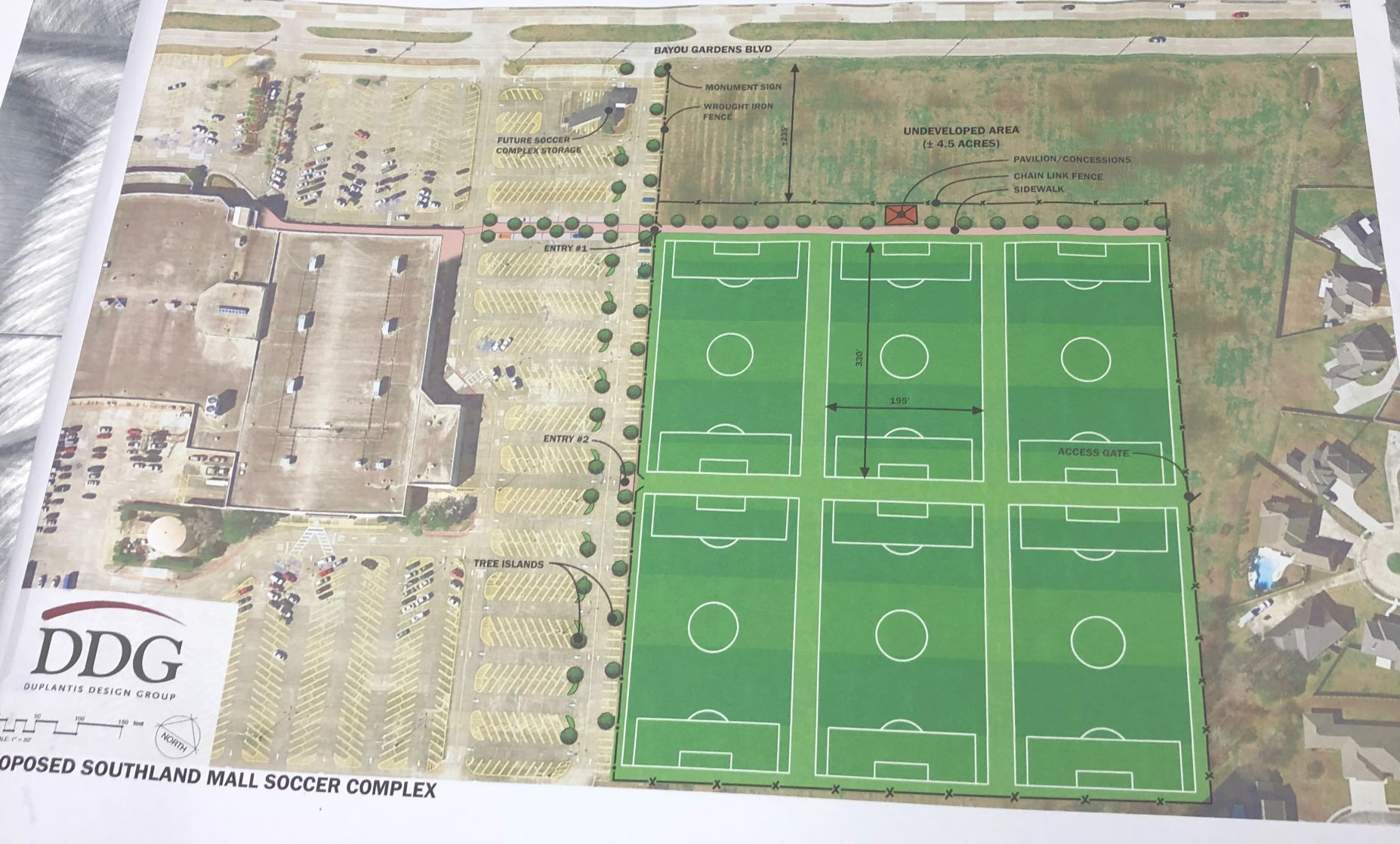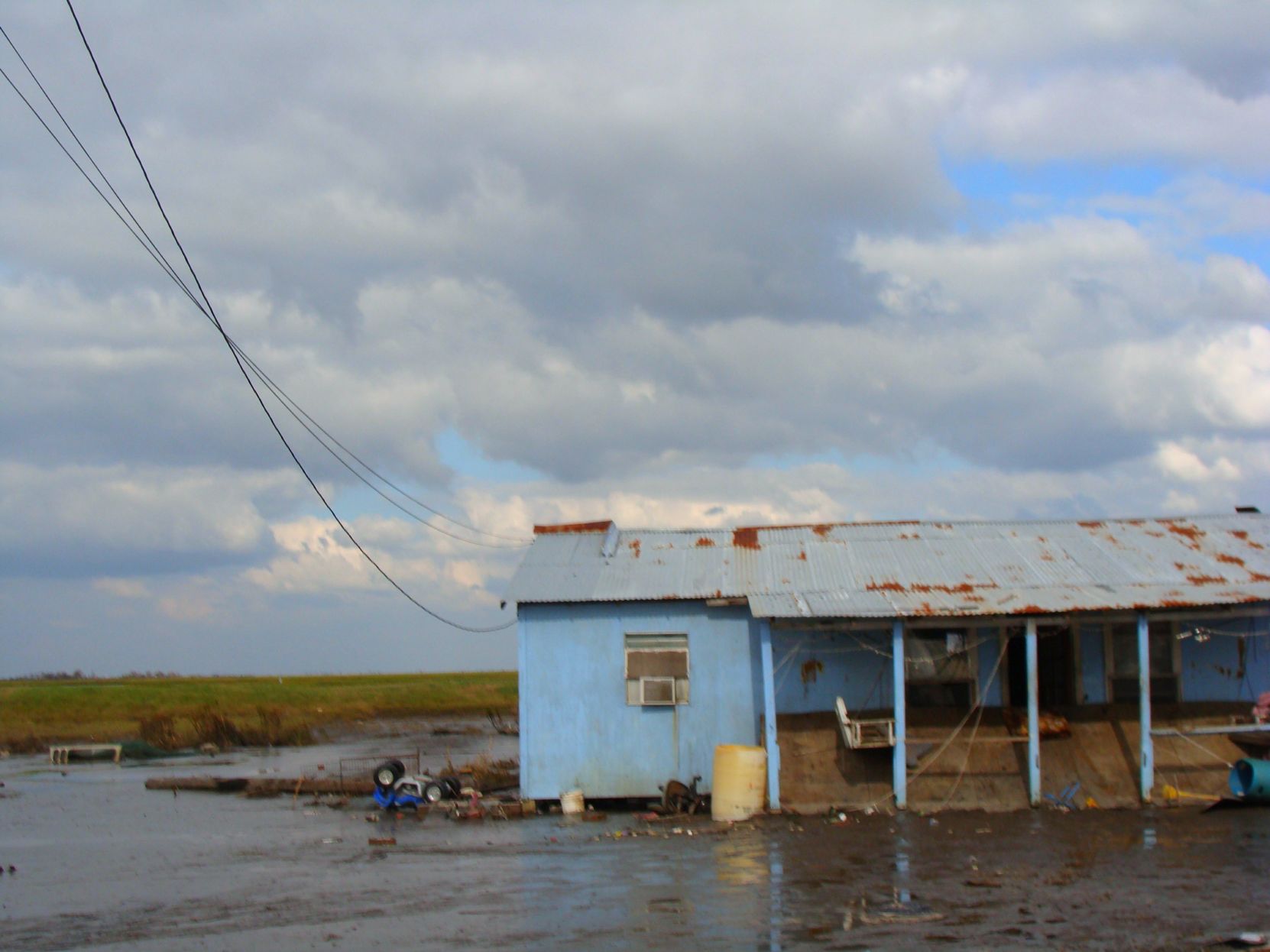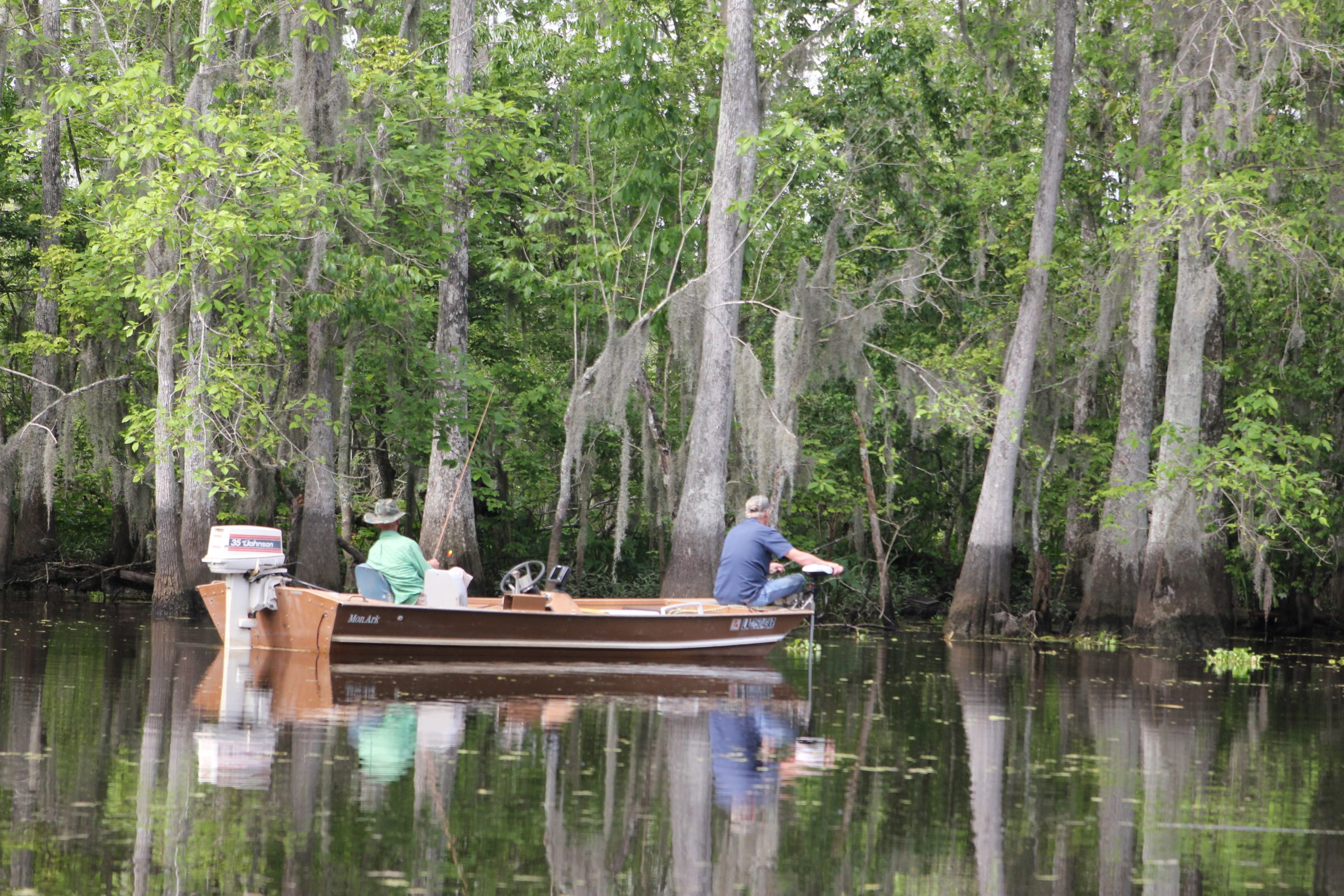
Governor praises locals at Chamber Banquet
January 23, 2019
A new place to play? Land alongside mall may be used for soccer fields
January 23, 2019Representatives of the local Native American tribe dubbed the world’s first climate change refugees in international media reports will meet with state officials Thursday to discuss objections to the plan meant to assist their relocation from looming flood threats which threaten to one day inundate their ancestral land in Terrebonne Parish.
Chief Albert “White Buffalo” Naquin said in an interview that items for discussion will include the tribe’s accusations that aspects of a federally-funded relocation program have proceeded without their input. The plan has been for relocation of tribal members and other people from Isle de Jean Charles, a shrinking and sinking community located between Pointe-aux-Chenes and Montegut.
On Jan. 9 the Louisiana Office of Cultural Development’s Disaster Recovery Unit announced the $11.7 million purchase of 515 acres in Schriever, which until now consisted of sugar cane fields. Tribal members said they were not directly notified of that development, exacerbating growing feelings of disconnection from the project, which they initially perceived as a partnership between the group and the state. The resettlement is voluntary, available to all who qualify.
“The state has never consulted us,” Naquin said. “If they did discuss specifics it was not clear to us, and so there was no agreement. They dictated what they were going to do. If we just go ahead and follow suit, then we lose our sovereignty as a people. It is very discouraging.”
State action without consultation, tribal members have said, touches a nerve because of the federal government’s history of dictating terms to native people over the past two centuries.
From the state’s perspective, purchase of land for the resettlement marks an important turning point for a project now a long in the making. But tribal secretary Chantel Comardelle differs, agreeing with her chief that fine print in the state plan eroded the tribe’s position of being seen as a lead stake-holder.
“They have opened the Schriever location to everyone,” she said. “We found out about the purchase of the property when I got an email from the state’s website. It was insulting to me and I was on the steering committee. The state has to communicate.”
In announcing the land purchase, Office of Community Development Director Pat Forbes said the development brings the state one step closer to moving island residents out of harm’s way.
“We look forward to building the community, improving economic opportunities for its residents, facilitating preservation and revitalization of the islanders’ diverse cultural identities and traditions, and establishing a model of successful resettlement that can be replicated elsewhere,” Forbes said.
State officials noted that the site selection involved extensive research, including evaluation of more than 20 different potentials, along with input from island residents and technical analysis. The actual agreement to purchase was signed by the state in 2018 but not finalized until recently.
It was input from residents, state officials said, that is helping to shape plans for what housing emerges. The multigenerational preferences of island residents that governs living choices was taken into consideration, according to state officials, as were considerations of privacy.
Homes are expected to be built on pilings to approximate the social customs on the island — and the region — of gathering under houses to boil seafood or engage in other activities. Although firm commitments to design have not yet been made by the state, some tribal members have said their understanding of the elevations is that they won’t be high enough to accommodate such customs.
A big concern of tribal leaders is that if too few island people opt for the Schriever location, there will be a lot of empty houses. At the same time their understanding is that government agencies will need to build and fill as rapidly as possible. Filling the Schriever site, native people said, leaves no land available for children or grandchildren, once grown, to build their own homes there.
State officials are hopeful that what they have claimed is information will be cleared up through dialogue.
Applications for home sites are expected to be taken early this year, and outreach events at which questions will be answered will be scheduled in the meantime, the statement from the Office of Community Development states.
“In the coming months, the state will release a master plan for the new site,” the statement reads, anticipating that ground for the project will be broken in the latter part of the year.







